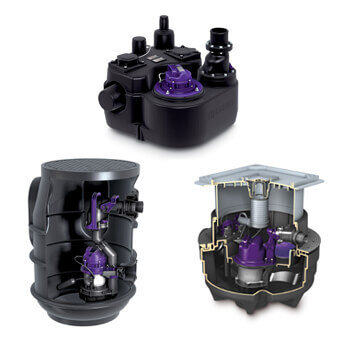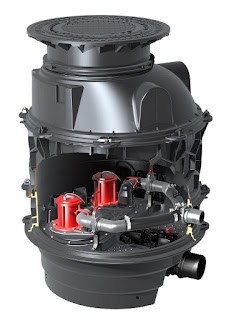Everything You Need To Know
About KESSEL Lifting & Pump Stations
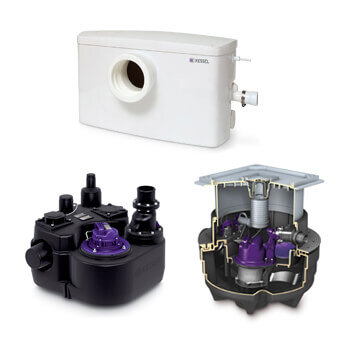
Location of sewer
If the sewage is higher than the drainage point, the wastewater must be lifted to the sewer with a lifting station via a backwater loop.
No slope to the sewer
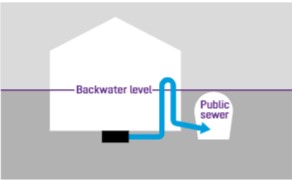
Slope to the sewer
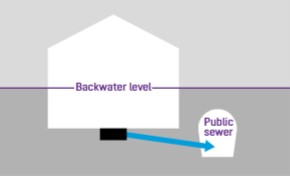
Installation locations
Is your building to be installed inside or outside the building
Inside the building
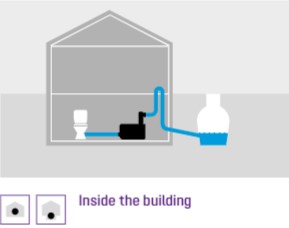
Outside the building
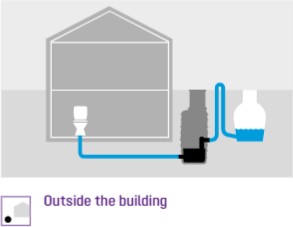
Protection Strategy
Individual protection
Each drainage location, such as washbasins, showers or washing machines is protected with its own backwater protection.
Central protection
Backwater valves or lifting stations installed in the main wastewater pipe, protecting all drainage fixtures.
Type of waste water
The particle size of a pump specifies how many millimeters of free passage through the pump are available.
Lifting stations for water with seage EN 12050-1
Wastewater with sewage is involved whenever pipes are connected that transport water from urinals or toilets to the sewer, this is termed "black water".
Lifting staions for water without sewage EN 12050-2
Wastewater without sewage is water without faecal content, for example shower water or water from a washing machine. This is termed as "grey water".
Pump operation classification
Kessel pumps are classified as S1 or S3 operating duty. An S1 class pump is a continuous duty pump designed to run without interruption, ideal for rainwater applications or for a continuous industrial wastewater flow.
S3 operating duty pumps are intermittent duty and require periodic breaks to stop and cool down. An S3 50% classified pump, for example, should not run more than 50% of the time and are perfect for standard wastewater from homes, aprtments or comercial buildings.
STZ (with shredder blade) GTF (with vortex impeller) GTK (Single channel propeller)



Level sensors / probes and alarm probes
Level sensors and probes measure the level of the pumping medioum in the collecting tank of a lifting station and trigger the pumping process of one or more pumps. If the level in th ecollecting tank continues to rise an accoustic alarm signal can be given via an alarm proble (which also measures the level of the pumping medium).

